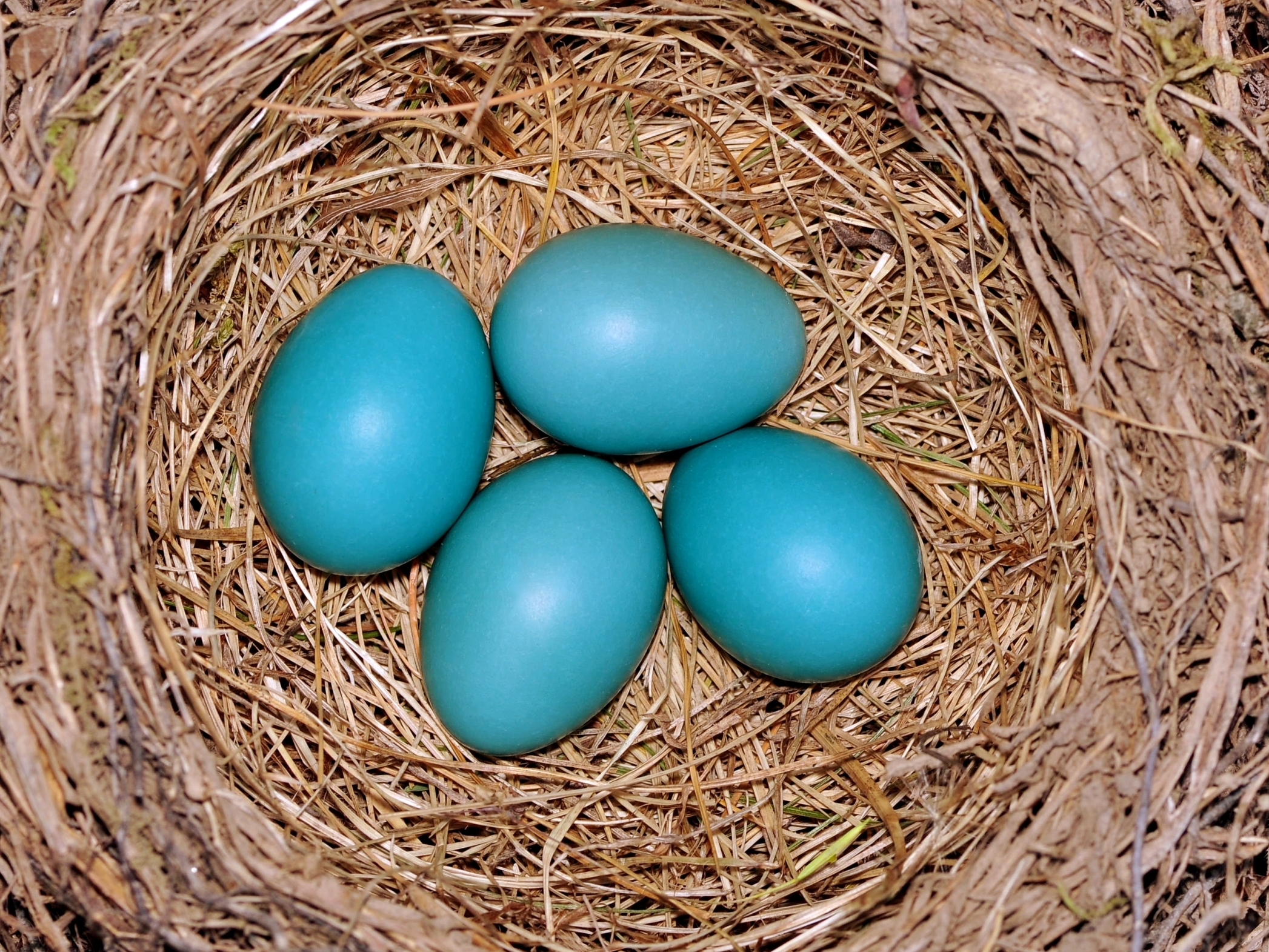- Mallard ducks use their own feathers to insulate their nests.
- Hummingbirds lay small, white eggs approximately the size of jelly beans.
- Swiftlets build nests out of their saliva on cave walls and cliff sides.
- Visit Insider’s homepage for more stories.
There are as many as 18,000 species of birds in the world with varying nesting habits. Some build their nests in the tops of trees, while others nest on the ground. Some build their homes alone, and others build nests with a mate as part of the courtship process. Some birds lay colorful or speckled eggs, and others lay eggs with plain white shells.
Keep scrolling to see how 10 different birds build their homes and nest their eggs.
California quails build their nests with grass and dead leaves in open woodland areas.

Their nests are formed inside small hollows in the ground.
Their eggs are speckled with dark marks.

They lay about 12 to 16 eggs at a time.
Mallard ducks build their nests in shallow holes in the ground.

The mother duck pulls nest-building materials towards herself while sitting on the eggs.
For the finishing touch, mallard ducks use their own feathers to cover the eggs.

Mallard ducks lay around 13 eggs and sit on them for almost a month.
Robin eggs are known for their bright turquoise color.

The color comes from a pigment called biliverdin. A 2012 study at Queen's University found that the brighter the eggs are, the more careful male robins will be while caring for them.
Female robins usually build the nest, but both male and female robins feed their young.

The babies leave the nest about two weeks after they hatch.
Long-eared owls don't build their own nests.

They move into nests that have been abandoned by other species of birds like crows, ravens, or hawks.
The owls lay white eggs that hatch after 26 to 28 days.

The hatchlings can already climb out of the nest after three weeks, and start flying after five weeks.
Bald eagles build enormous nests with sticks and grass.

Their nests are usually about four to five feet long and one to two feet deep.
Bald eagles lay off-white eggs, while golden eagles lay eggs with brown spotting.

Both species of eagle usually lay one to three eggs, occasionally four.
Hummingbirds lay small, white eggs approximately the size of jelly beans.

Hummingbirds beat their wings around 80 times per second.
Hummingbird nests are about the size of a thimble.

Cuban hummingbirds are the smallest birds in the world.
Sociable weavers build large, thick nests reminiscent of honeycombs.

The birds can be found in southern Africa's Kalahari region.
Sociable weavers don't migrate, and some chicks don't even leave the nest at all.

The nests can hold up to 100 families of sociable weaves. Some nests have remained in use for over a century.
Swiftlets build nests out of their saliva on cave walls and cliff sides.

They can lay anywhere between one to six eggs, though they usually lay two or three.
Their nests are harvested and made into bird's nest soup, an expensive delicacy in Asia.

Bird's nest soup is said to possess anti-inflammatory properties.
Red-wattled lapwings lay their eggs in nests on the ground.

The birds, located throughout Asia, usually lay three to four eggs.
Their eggs blend in with the ground.

Both the male and female birds incubate the eggs.
Melodious warblers lay pink speckled eggs.

Melodious warblers themselves are green and yellow.
They often build their nests in forests, orchards, and gardens.

The birds are native to southwest Europe and northern Morocco.

